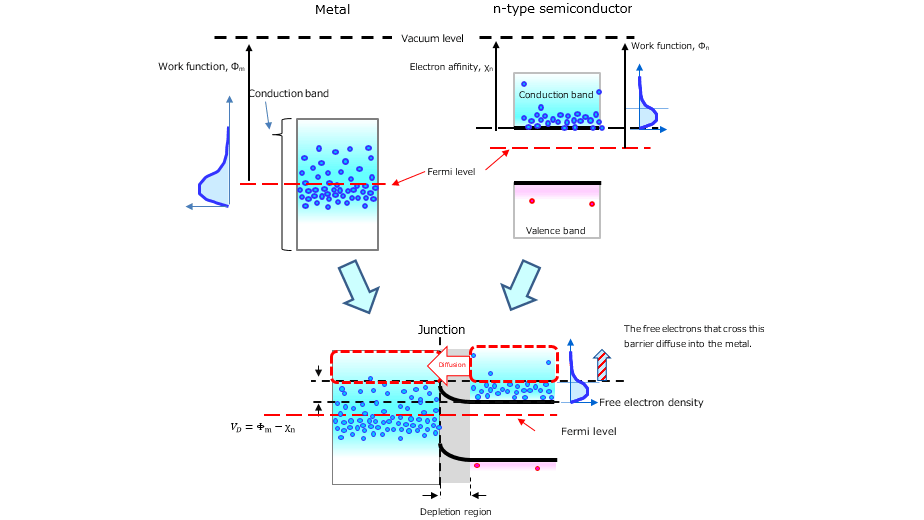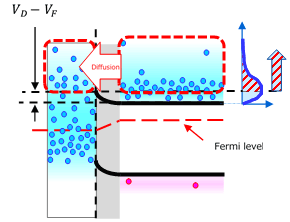- 型号 & 关键词搜索
- 交叉搜索
- 参数搜索
- 库存查询与购买
This webpage doesn't work with Internet Explorer. Please use the latest version of Google Chrome, Microsoft Edge, Mozilla Firefox or Safari.
请输入3个以上字符 Search for multiple part numbers fromhere.
The information presented in this cross reference is based on TOSHIBA's selection criteria and should be treated as a suggestion only. Please carefully review the latest versions of all relevant information on the TOSHIBA products, including without limitation data sheets and validate all operating parameters of the TOSHIBA products to ensure that the suggested TOSHIBA products are truly compatible with your design and application.Please note that this cross reference is based on TOSHIBA's estimate of compatibility with other manufacturers' products, based on other manufacturers' published data, at the time the data was collected.TOSHIBA is not responsible for any incorrect or incomplete information. Information is subject to change at any time without notice.
请输入3个以上字符
2-1.肖特基接触(肖特基结)Φm>Φn
设金属的功函数为Φm,n型半导体的功函数为Φn。当Φm>Φn时,n型(或p型)半导体与金属接触时形成肖特基结。肖特基结用于制造肖特基势垒二极管。下图是n型半导体和金属形成的肖特基结的能带图。
当电子从较高能级移动至较低能级时,它们会从半导体的导带移动至金属的导带。因此,耗尽区仅延伸至半导体侧。与pn结的情况一样,半导体侧的费米能级与金属侧的费米能级匹配。在平衡状态下,结的扩散势垒等于金属的功函数(Φm)减去n型半导体的功函数(Φn)。
根据费米分布,自由电子分布在n型半导体上。穿过VD势垒的电子流入金属。
施加外部电压不会影响从金属到半导体的势垒,但会导致从半导体到金属的势垒因施加的电压而移动。扩散势垒的这种移动导致流过肖特基势垒二极管的电流发生变化。




